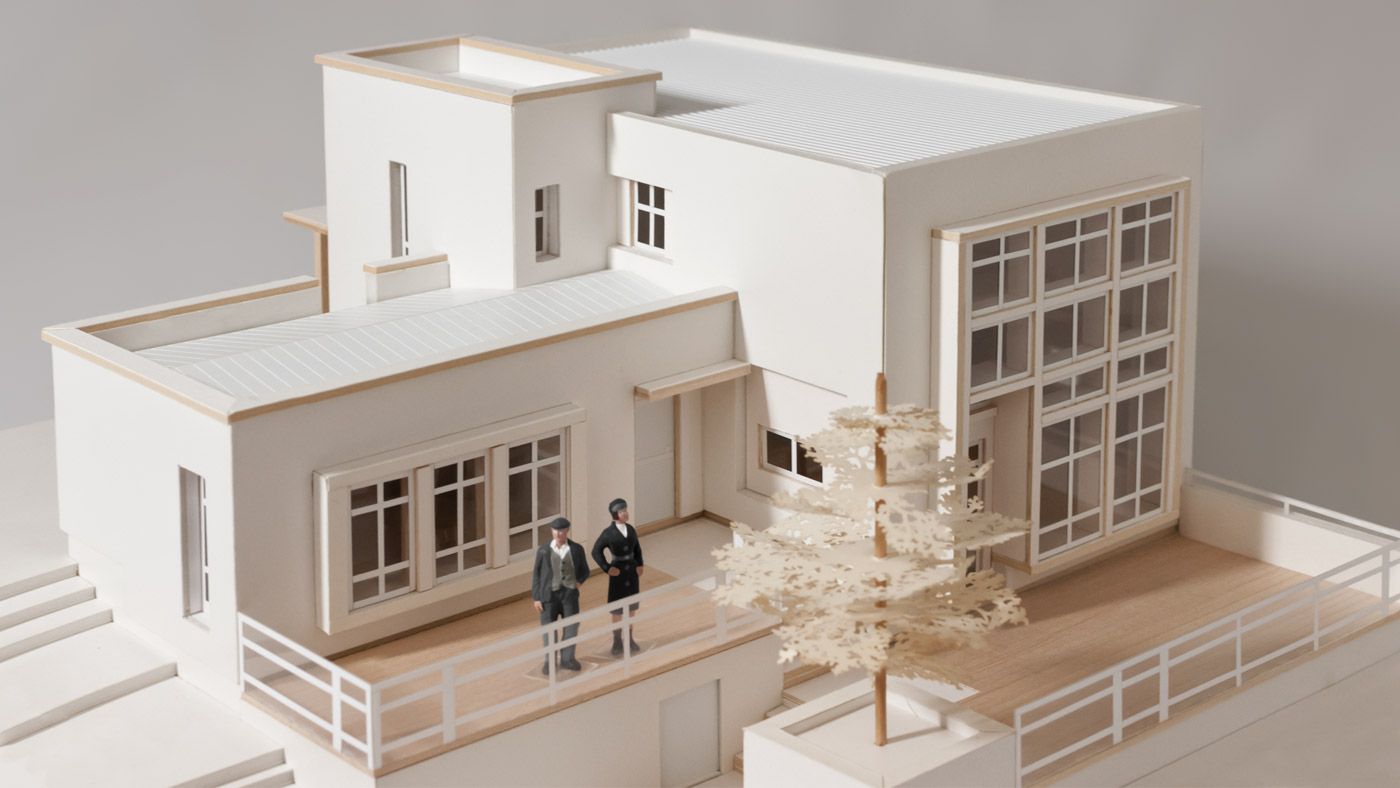A model is a representation of an object that is either larger or smaller than the actual size of the depicted object. Models are used in various fields, including engineering, architecture, film, sales, and recreational model building. For example, they are used for pre-evaluating the performance of a design in engineering or for constructing objects or sets in television and cinema. Although each field may use models for different purposes, all models are based on the same principles.
Architecture Models
Architecture models serve the physical representation of a built structure to examine aspects of an architectural design or communicate design ideas. Depending on the purpose, models can be made from a variety of materials such as resin, paper, and wood, and in various scales.
Use of Architecture Models
Architecture models are sometimes created to analyze the interaction of volumes and different perspectives during the design process. They can also be useful to explain intricate or unconventional designs to stakeholders or enable communication between designers and clients such as architects, engineers, and urban planners.
Architecture models help construction professionals identify potential design issues. Addressing these issues during the design phase can save time and money.
Architecture models aim to present, visualize, or sell a final design. A model can also serve as an exhibit piece, for instance as a focal point in a building's lobby or as part of a museum exhibition where historical buildings are recreated in scale.





